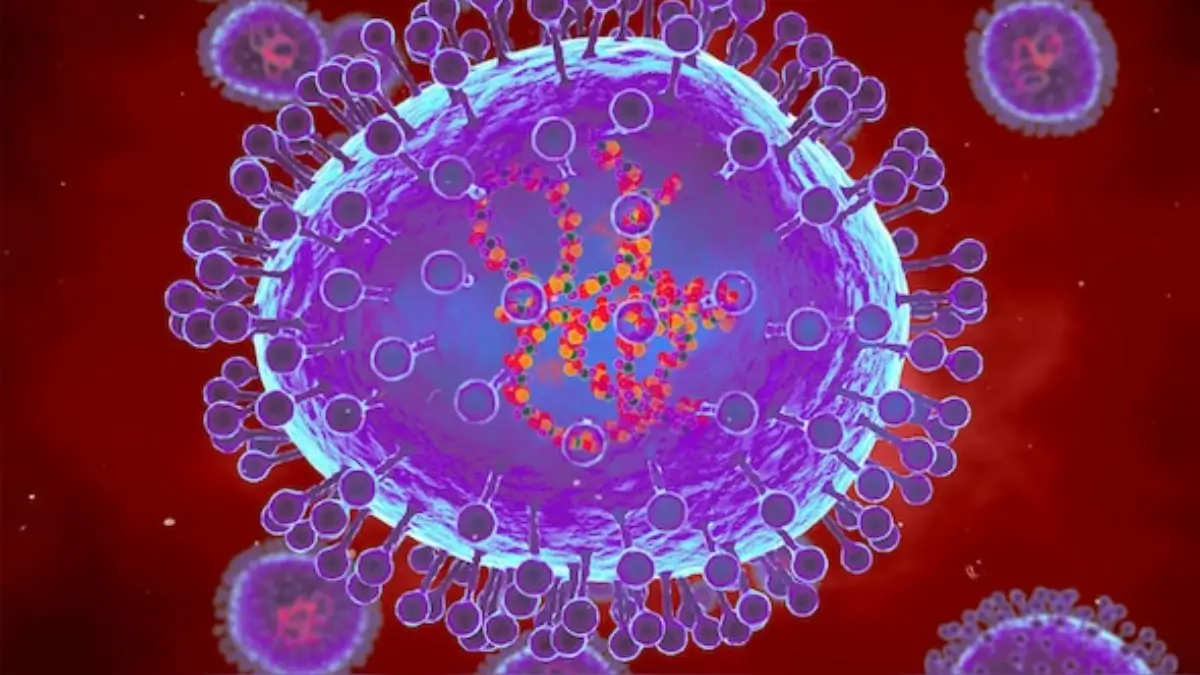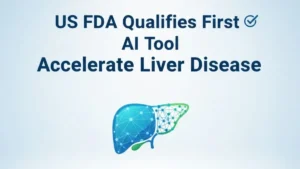Introduction to HMPV
Human Metapneumovirus (HMPV) is a significant respiratory virus that primarily affects young children, older adults, and immunocompromised individuals. Known for causing a range of illnesses from mild respiratory infections to severe conditions like bronchiolitis and pneumonia, HMPV has been under increased scrutiny following a rise in cases globally, including detections in Karnataka, India.
In light of these developments, all Indian states have been advised to enhance surveillance for Severe Acute Respiratory Illnesses (SARI) and Influenza-Like Illnesses (ILI). The Union Ministry of Health has issued specific directives to bolster testing efforts and prevent the virus’s spread.
Enhanced Surveillance and Testing Initiatives
To monitor and contain the spread of HMPV, the Integrated Disease Surveillance Programme (IDSP), in collaboration with state health departments, has issued guidelines for testing and tracking cases. As per health officials:
Testing Protocols:
- All SARI cases should now be tested for HMPV.
- Specialized testing kits for HMPV are being dispatched to states.
Surveillance Focus:
- Hospitals and healthcare facilities are instructed to enhance the monitoring of SARI and ILI cases, identifying any upward trends in respiratory infections.
Understanding the Contagious Nature of HMPV
When is HMPV Most Contagious? The most contagious phase of HMPV occurs during the early days of the infection, typically between 3 to 6 days after the onset of symptoms. According to experts:
- Dr. Jha: “The virus is most contagious during the early stages when symptoms like fever, cough, and nasal congestion are most severe. During this time, the viral load in respiratory secretions is at its peak.”
- Dr. Nangia: “Transmission is highest around the third or fourth day of illness, although early-stage transmission is also possible.”
HMPV spreads through respiratory droplets (from coughing or sneezing) and fomites (contaminated surfaces). Therefore, the risk of transmission is significantly higher during close contact with an infected person.
Precautions to Minimize the Spread of HMPV
Preventing the spread of HMPV requires adopting standard hygiene practices and maintaining physical distancing. Key steps include:
Maintain Physical Distancing:
- Keep a safe distance from infected individuals, especially during the contagious phase.
Practice Hand Hygiene:
- Wash hands frequently with soap and water for at least 20 seconds.
- Use alcohol-based hand sanitisers if soap and water are unavailable.
Wear Masks:
- Wearing an N95 mask reduces the risk of transmission, especially in close-contact settings.
Cough Etiquette:
- Cover your mouth and nose with a tissue or elbow when coughing or sneezing.
- Dispose of used tissues immediately and wash hands afterward.
Sanitise Surfaces:
- Clean frequently touched surfaces, such as doorknobs, mobile phones, and tables, to eliminate fomites.
Avoid Handshakes:
- Replacing physical greetings like handshakes with a Namaste can help prevent contact transmission.
Isolation Guidelines for HMPV
Isolation is crucial for containing the spread of HMPV. The following points outline key aspects of isolation:
Duration of Isolation
- Individuals with HMPV symptoms should stay home for at least three to four days or until symptoms like fever and cough subside.
- Isolation should continue if symptoms persist or worsen.
Ending Isolation
- Dr. Jha: “The resolution of fever, cough, and cold symptoms without medication is a good indicator that the isolation period can end.”
- Dr. Nangia: “Once the major symptoms settle and individuals feel better, it’s generally safe to end isolation.”
Recognizing Recovery and Safe Return
HMPV is not typically considered a severe threat, but vigilance is necessary to protect vulnerable populations. Recovery indicators include:
Absence of Fever:
- Fever-free for 24 hours without the use of medication.
Reduction in Cough and Cold Symptoms:
- Significant improvement or resolution of respiratory symptoms.
Improved Energy Levels:
- Ability to resume daily activities without fatigue or breathlessness.



 NASA Loses Contact with MAVEN Spacecraft...
NASA Loses Contact with MAVEN Spacecraft...
 US FDA Qualifies First AI Tool to Accele...
US FDA Qualifies First AI Tool to Accele...
 11th India International Science Festiva...
11th India International Science Festiva...







